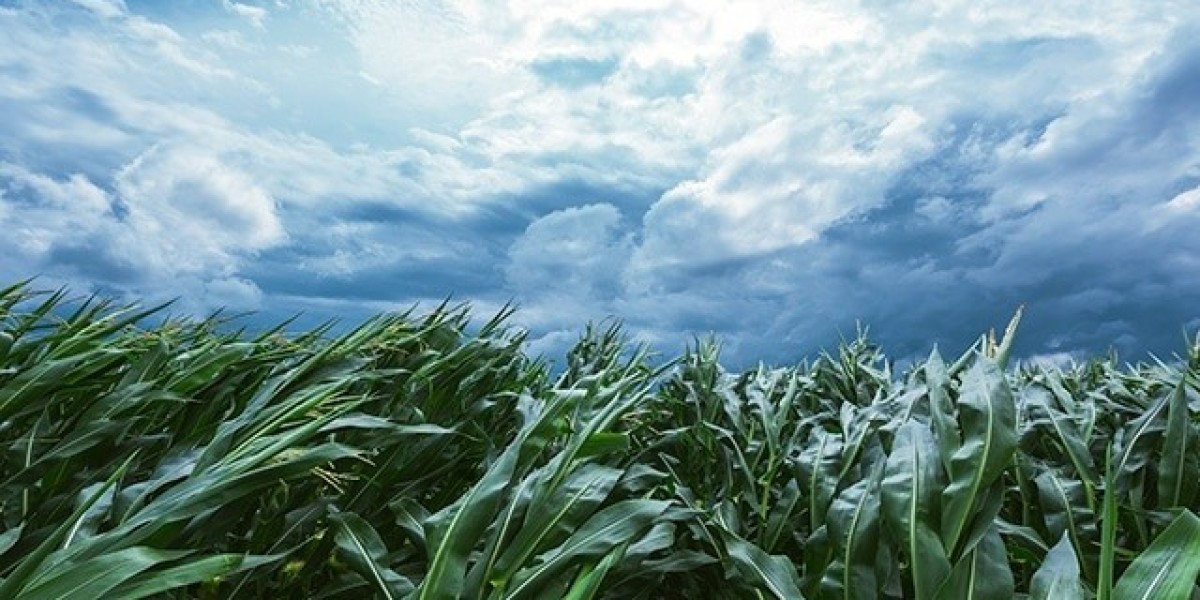Understanding past weather patterns is not just about looking back; it's a valuable tool for planning and staying safe. Historical weather data plays a key role in helping individuals, businesses, and communities prepare for unexpected weather events. By studying trends and learning from past conditions, we can improve our readiness for challenges like storms, heat waves, and floods. These records allow decision-makers to make informed choices, saving lives and reducing damage. In this article, we'll explore how past weather information supports better emergency planning and response strategies.
Understanding Patterns to Predict Risks
Studying historical weather data helps us understand patterns in weather over time. For example, areas prone to hurricanes or severe winter storms can be identified by analyzing records from previous years. These insights allow governments and organizations to predict which regions are at higher risk during certain seasons. Understanding these patterns helps ensure that resources, like emergency shelters and supplies, are placed where they are most needed.
Planning Infrastructure for Weather Events
Cities and towns can use historical temperature data and other climate records to design infrastructure that withstands extreme conditions. For example, bridges, drainage systems, and buildings in flood-prone areas can be constructed with stronger materials and better designs. Past weather reports also help with zoning laws, ensuring that homes and businesses are built in safer locations. This level of preparation reduces damage during emergencies and helps communities recover faster.
Strengthening Agricultural Readiness
Farmers rely on historical weather reports to prepare for changing conditions. Knowing the usual patterns of rain, frost, and heat helps them decide when to plant crops, apply fertilizers, or harvest. This information ensures better food production even in the face of unexpected climate changes. It also allows farmers to stock up on resources and protect their fields from potential disasters, like droughts or floods, that might follow familiar historical trends.
Guiding Emergency Response Plans
Emergency teams benefit greatly from historical weather data when preparing their strategies. By analyzing how past storms or heat waves affected specific areas, responders can anticipate needs like evacuation routes, medical supplies, and shelters. For instance, if historical records show that certain locations face frequent power outages during storms, emergency crews can prepare backup energy sources in advance. These insights make responses quicker and more effective, saving both time and lives.
Supporting Early Warning Systems
One of the most crucial ways historical temperature data and weather records help is by improving early warning systems. Scientists and meteorologists use these records to identify triggers that indicate severe weather. For example, if a particular combination of conditions historically leads to tornadoes, authorities can issue alerts earlier. These warnings give people more time to act and reduce the impact of disasters.
Overview
By looking to the past, we can better prepare for the future. Using historical weather data, historical temperature data, and historical weather reports helps us predict risks, improve infrastructure, and strengthen emergency responses. Whether it's guiding farmers or saving lives during storms, this information is invaluable.
For expert insights and reliable data to safeguard your plans, trusted names like AWIS Weather Services provide cutting-edge solutions tailored to your needs. With years of expertise and advanced tools, they help businesses, communities, and individuals make informed decisions, ensuring safety and resilience against unexpected weather challenges. Trust AWIS Weather Services to be your partner in staying ahead of the storm.



